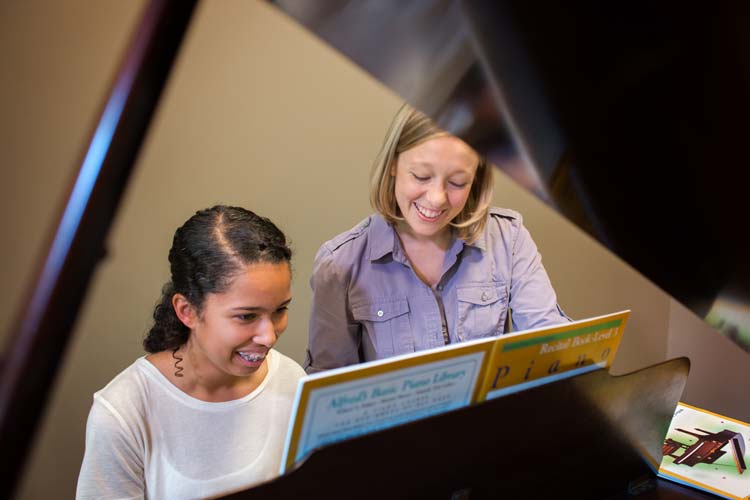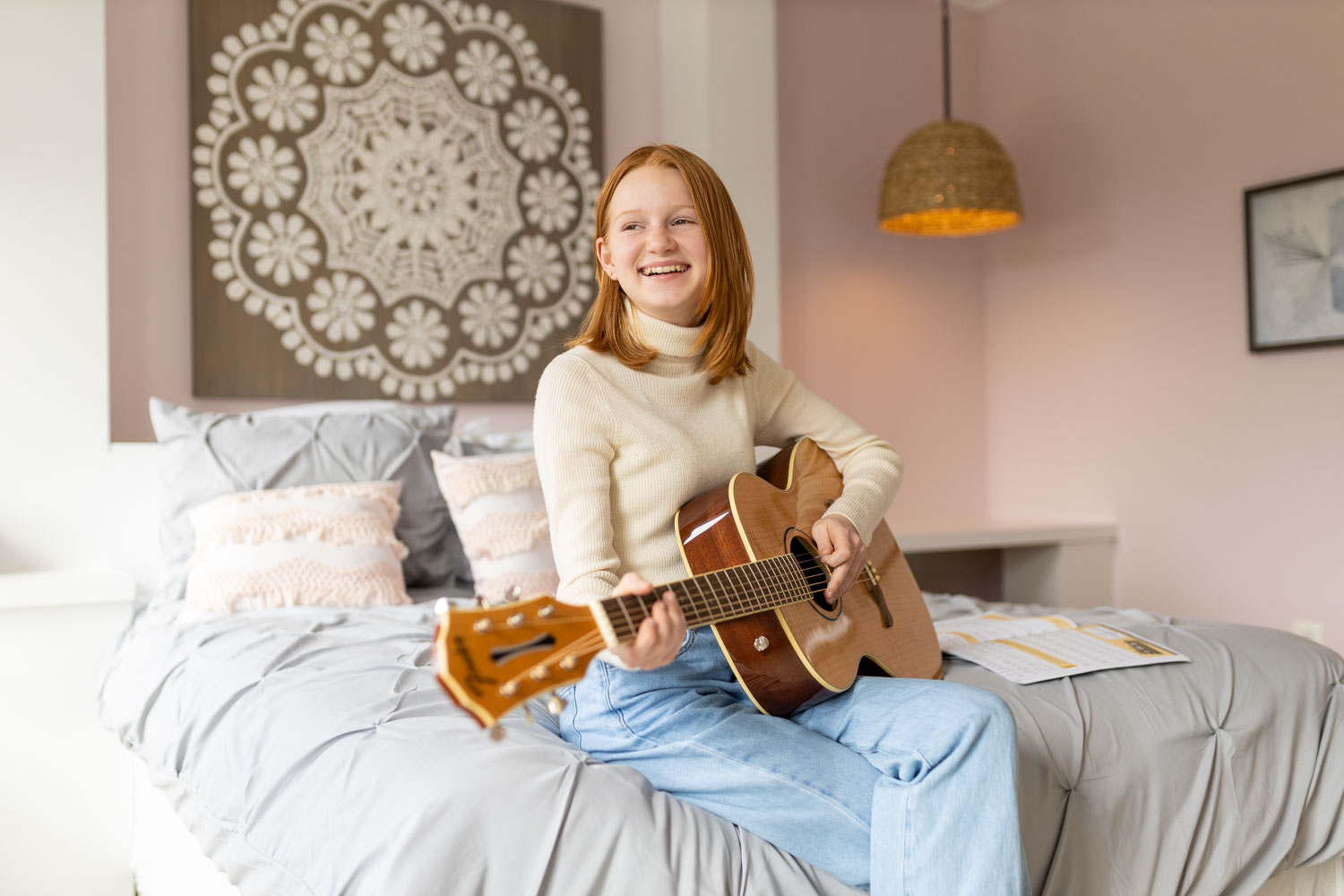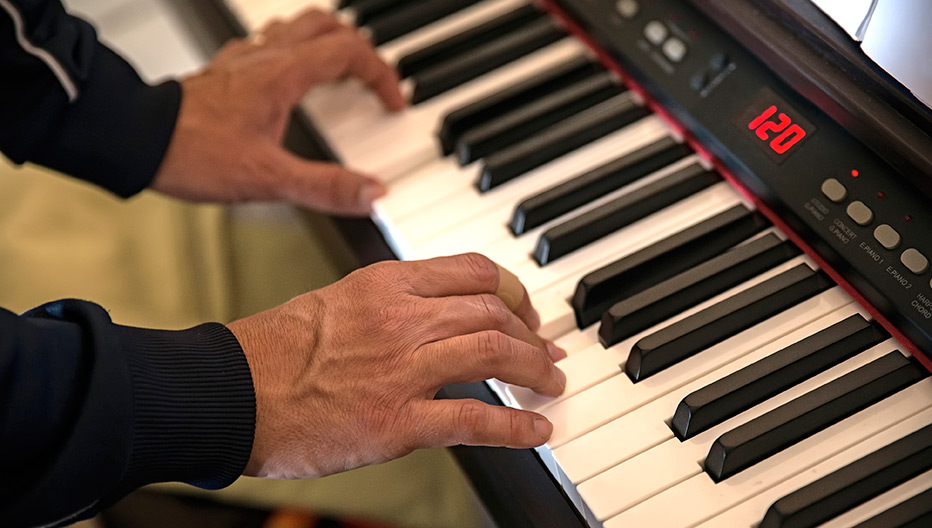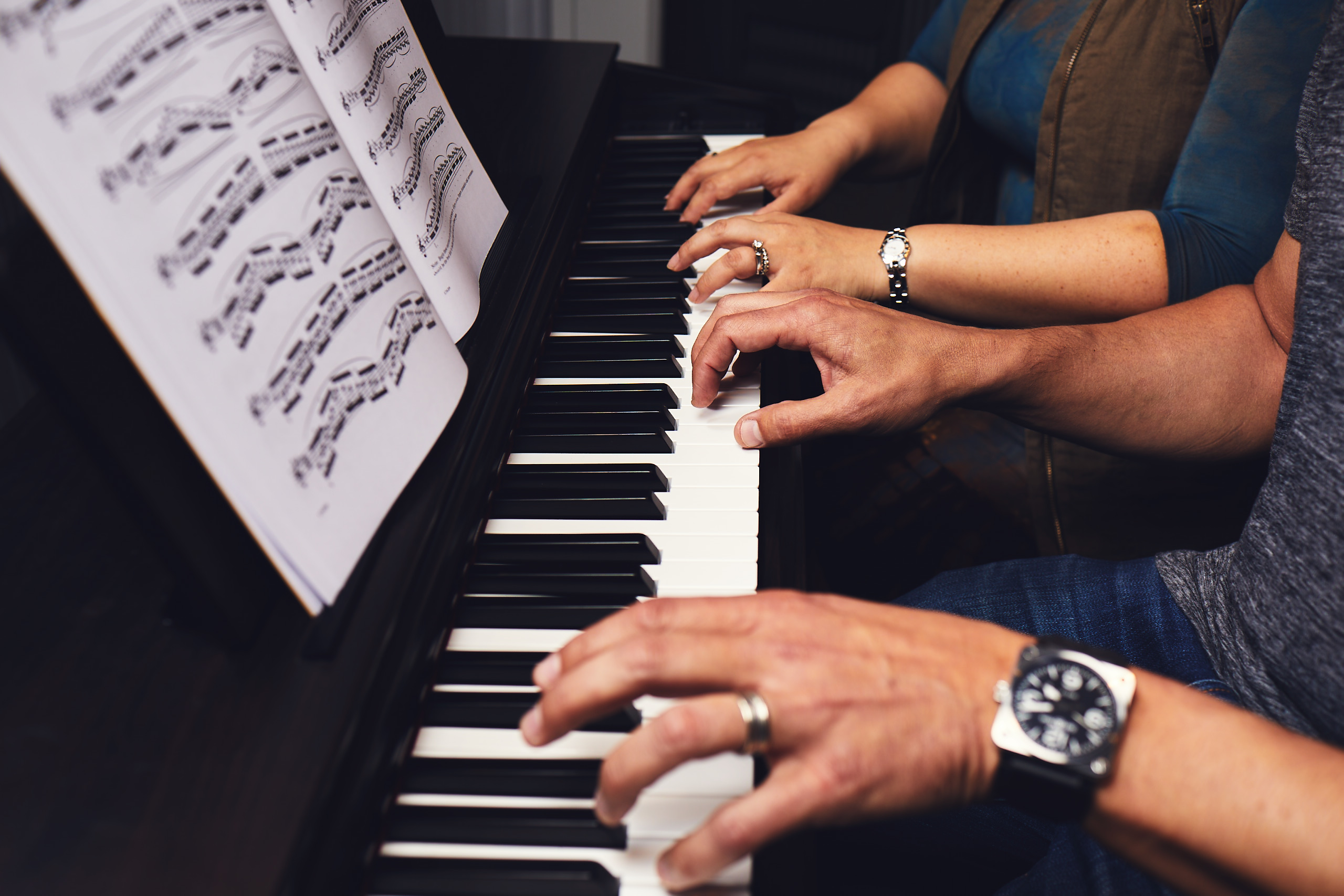September 30, 2015
What Are the Best Methods for Teaching the Piano?
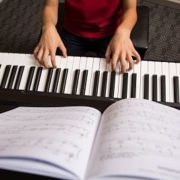

Selecting the best piano teaching method can be a daunting task, especially if you’re a brand new piano teacher. There are as many methods as there are piano teachers to teach them, but for the sake of this article we’ll cover the most popular. Some piano teachers stick with one method throughout the course of their careers, while others take some time to learn about the child and adjust their teaching method accordingly. Ultimately, the best method depends on the preferences of both the child and the teacher, some some experimentation may be necessary. From the Suzuki Method to Bastien Piano Basics, here’s a crash course in the most popular piano teaching methods.
The Suzuki Method
More than fifty years ago, Japanese violinist Shinichi Suzuki realized that children pick up their native language quickly and, that if children have the skill to acquire their native language, they have the skills necessary to become proficient on a musical instrument. According to Suzuki, every child has the potential to become well educated and every child can learn to play an instrument in the same way in which they learned a language. The Suzuki Method remains one of the most popular teaching methods today, and its main focus is on the child’s environment. Things like memorization, group playing, and extensive listening to recordings are important aspects of the Suzuki Method, which critics claim contributes to poor sight reading ability and lack of expression. Regardless, it’s heavily used today.
Bastien Piano Basics
The Bastien Piano Basics method is made up of five different skill levels: primer, for the youngest piano student, all the way through level four. Bastien is great for younger students, because it spends a lot of time explaining the fundamentals of music theory and piano play. The primer series is typically used for students ages five and six, and are filled with colorful illustrations and fun themes. Each level relies on three different books (theory, performance, and lesson) and each of the books correlates with each other. For example, page two of the theory book can be directly applied to page two of the performance book, so on and so forth. Teachers who prefer this method do so because everything is tied together, and their students will gain exposure to theory and performance in a way that makes sense to them.
Alfred Piano Method
This method gives you tons of options for teaching the piano–including a basic course and a prep course that have supplemental books (recital books, technique books, and notespellers) that coordinate with them. Plus, one of the best things about the Alfred Piano Method is that they have a series that’s packed with colorful graphics that’s perfect for kids, and one that’s created with older students in mind. Piano teachers who teach students of all ages often prefer the Alfred method, as someone in their mid-30s who is playing for a child’s book may feel a bit awkward. Another perk is that you’ll only need one book at a time as you move through the series, and many of the books can be purchased with an optional CD. One downside to Alfred is the books move along quickly, and usually aren’t recommended for children under the age of seven.
Faber & Faber Method
Faber & Faber covers a wide range of musical styles, with specific books dedicated to jazz, folk songs, and hymns. There’s even entire books dedicated to composition, so if your student is particularly interested in eventually writing their own music, Faber & Faber may be a good method for them. Created by Nancy and Randall Faber, Faber & Faber is an approachable series for both young and old beginners to grow with. Concepts are easy to understand, and the books are full of helpful practice suggestions, including counting aloud and proper hand positions. Some teachers even claim that the order in which certain subjects are taught make the Faber & Faber method easier for students to grasp than some of the other methods listed.
Hal Leonard
Hal Leonard is the world’s largest music print publisher and has been publishing and distributing sheet music for the past 60 years. The Hal Leonard method starts kids out with the basics of rhythms, before transitioning them to actually playing notes, and focuses on teaching students the basics of music theory before they even start learning scales. With realistic pacing, clear and concise presentation of concepts, and uncluttered pages, your piano students will never feel overwhelmed by what they’re learning. Plus, since Hal Leonard is the world’s largest print publisher, your students will never have to search very hard for their next lesson book.
Want even more teaching resources? You’re in luck….we have a ton!




